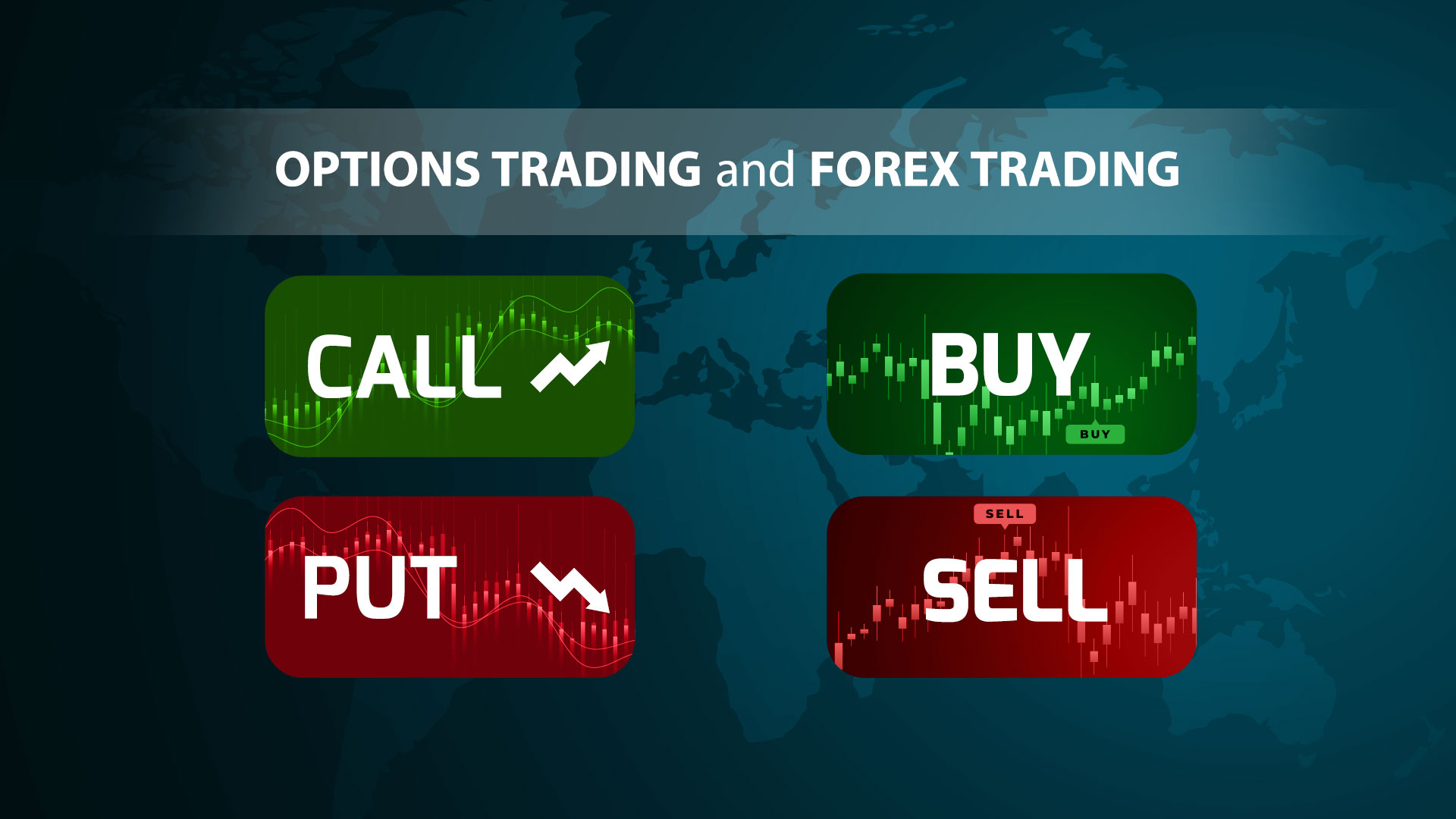In the realm of financial markets, volatility is an ever-present force, often leading to unpredictable swings in asset prices. To mitigate the potential risks associated with such volatility, regulatory bodies have implemented trading halts, a crucial mechanism designed to temporarily pause trading activity under specific conditions. An options trading halt is a particular type of trading halt that focuses on the trading of options contracts.

Image: www.thestreet.com
What is an Options Trading Halt?
An options trading halt is a temporary suspension of trading in all or a specific set of options contracts. These halts are typically triggered by extreme market movements, such as a significant change in the underlying asset’s price or a major news event. The primary purpose of an options trading halt is to provide market participants with an opportunity to reassess the situation and make informed trading decisions.
Triggers for an Options Trading Halt
Trading halts are not arbitrary decisions. They are implemented based on predefined triggers that indicate exceptional market conditions. The most common triggers for an options trading halt include:
- Excessive Volatility: When the volatility of the underlying asset exceeds a predetermined threshold, an options trading halt may be initiated to prevent disorderly trading and protect investors from potential losses.
- News Events: Major news events that significantly impact the underlying asset’s value can also trigger an options trading halt. This allows market participants time to digest the news and incorporate it into their trading strategies.
- System Errors: In rare cases, a trading halt may be imposed due to technical or system errors that disrupt the smooth functioning of the market.
Impact of an Options Trading Halt
Options trading halts can have a significant impact on market dynamics. In the short term, they can create uncertainty and volatility, as traders are unable to execute orders or adjust their positions. However, in the long run, trading halts can reduce the risk of excessive market fluctuations and protect investors from potential losses.
Benefits of Options Trading Halts
Options trading halts offer several benefits to market participants:
- Reduced Volatility: By pausing trading during periods of extreme volatility, trading halts help mitigate the risk of excessive price swings and prevent significant financial losses.
- Improved Decision-Making: Trading halts provide an opportunity for investors to gather additional information and reassess their trading strategies, leading to more informed decision-making.
- Protection Against Market Manipulation: Trading halts can discourage market participants from engaging in manipulative or abusive trading practices that could harm the integrity of the market.
Drawbacks of Options Trading Halts
While trading halts offer benefits, they can also have some drawbacks:
- Potential for Market Disruptions: Trading halts can lead to short-term market disruptions, as traders are unable to execute orders or adjust their positions during the halt period.
- Loss of Trading Opportunities: Options trading halts can deny traders the opportunity to take advantage of potential market movements, potentially leading to missed trading opportunities.
- Increased Transaction Costs: If an options trading halt occurs close to the expiration date, it can increase transaction costs for traders who need to roll their positions over to the next expiration month.
Conclusion
Options trading halts are a critical market mechanism designed to mitigate the risks associated with extreme volatility and enhance market stability. By pausing trading under specific conditions, trading halts provide investors with an opportunity to reassess market conditions and make informed trading decisions. While trading halts can have both benefits and drawbacks, they play a crucial role in protecting investors and preserving the integrity of the financial markets.

Image: www.angelone.in
Options Trading Halt

Image: capitalflow.info






